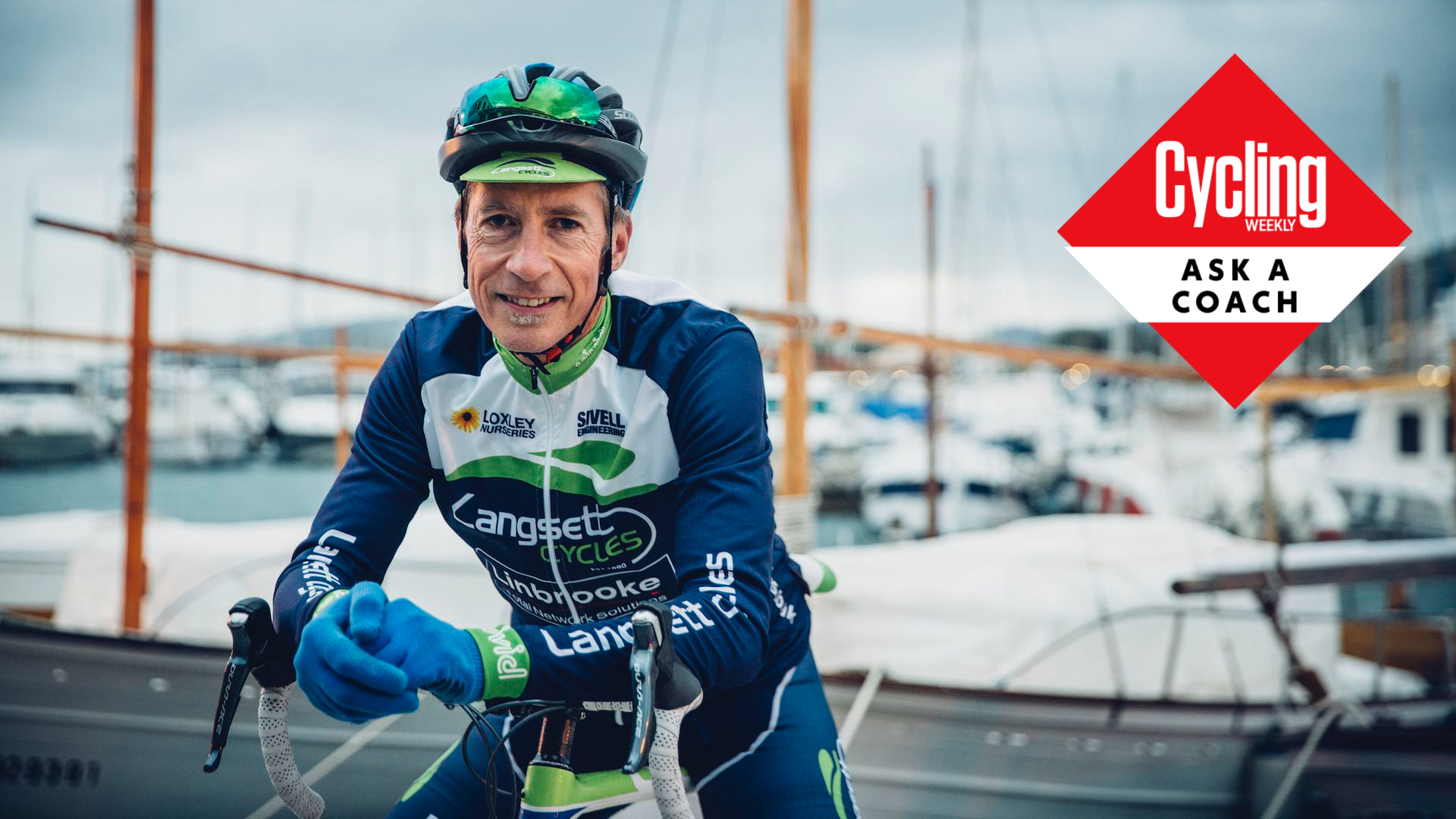I'm over 50 – how important is it for me to warm up before cycling?
Do advancing years mean pre-ride preparation needs to be increasingly advanced?


You’ll witness all sorts of weird and wonderful warm-ups before a cycling event. Some perform frenzied sprint intervals on a trainer in the car park. Others stretch their hamstrings by resting a heel on the top tube and straightening their leg. One particular time triallist used to skip with a skipping rope in the HQ doorway (really). And there are those stories about the benefits of wearing heated trousers.
Everybody about to engage in sport has been told they need to warm up first. But why? Is there a right and wrong warm-up? Does it make any difference whether we’re younger or older?
Let’s explore these questions, take a look at what a warm-up does physiologically and psychologically, and address the age question.

Alex is a physiologist and performance coach who is studying for a PhD in critical power and W’ at Loughborough University. He competed for 10 years on the bike, including for GB in both cyclo-cross and mountain bike events, and as a coach has worked with cyclists of all levels including ultra-endurance world champions and Tour de France Femmes participants.
The simple answer is yes, a warm-up is important, but also – it depends. The first thing to think about is what are we warming up for. Is it a sprint session? A hill-climb? A 10-mile time trial? Or maybe a local criterium? The warm-up needs to take this into account, so it should be based on what you are about to do.
How true is the ‘warming up’ part?
There is evidence that suggests a warm muscle is a more powerful muscle, particularly within sprinting. In the lead-up to the 2012 Olympics, hot pants (heated trousers) were developed in partnership with British Cycling and Loughborough University. They were deployed to prevent a drop-off in muscle temperature between stopping the warm-up and sprinting – and they found a 9% improvement in peak power. This research was then published after the Olympics so that other nations didn’t gain an advantage.
So, for sprinting, having warm muscles is important for performance. This is often why riders at cyclo-cross events have these full-length zipped tights which they take off as close to starting as possible.
The latest race content, interviews, features, reviews and expert buying guides, direct to your inbox!
Try this warm-up
5 minutes zone 1
8 minutes, increasing your intensity every minute with the final minute above FTP/CT
3 minutes zone 1
6 seconds seated high cadence, revving out
2 minutes zone 1
6 seconds seated high cadence, revving out
5-10 minutes zone 1
Read more about zones here.
What physiological changes happen when you warm up?
Not only do we see changes in muscle temperature, but we also see physiological changes that happen with a warm-up.
One of the main physiological changes comes from your VO2 kinetics. This refers to the speed at which you can extract and deliver oxygen to the working muscles from the onset of exercise.
Let’s say we don’t warm up and we ride at our FTP/Critical Power from the word go. While this may be an aerobic power, we can’t instantly meet the oxygen requirements for the work, so this must come from non-aerobic means – and this can be detrimental to performance.
If we warm up, we ‘prime’ our aerobic system. The warm-up allows more of our muscle fibres to be activated, which means they can share the load and there is an increased ability to uptake O2. Therefore, from the onset of exercise, the rate of our oxygen uptake is much faster resulting in a reduced reliance on non-aerobic pathways. Often with a warm-up, we can expect to see a 2-3% improvement in performance, compared to without. For a four-minute team pursuit on the track, this is worth around 4-7 seconds, which can be make or break.
This is what we refer to in physiology as priming. The intensity needs to be hard enough to evoke these responses, but not so hard that we cause fatigue so that we are tired at the start of our event or session.
Even the likes of WorldTour teams know the benefits of a warm-up, whether that's for TT's or for the start of a stage, ready to hit the first climb of the day.
Feeling mentally prepared
Not only are there clear physiological changes and benefits, but there are also psychological ones. A phrase I’m sure we have all heard is getting into ‘The Zone’. This is a sensation where we feel in tune with our legs and ready to get stuck into our event or session. I often suggest having a playlist which gets progressively faster as the intensity of the warmup rises.
How does age affect warming up?
Regardless of age, if you want to be ready for your session, or your want to get yourself into the most optimal state for a race or session, a warm-up is essential. As we age, you may find you feel you need a bit longer to feel like you are ready to go. The best thing to do is try a few variations, such as having 5-10 minutes of easy riding just to get the legs moving before you start to go through the intensity zones. Ensure the warm-up primes you for the type of session that you are going to do. The more intense the session, the more intense the warmup should be. But also ensure you have enough time to recover from it.
What about cadence?
This comes into your session/event demands. If there are going to be lots of accelerations, such as in a criterium race or burst session, then include some high-cadence seated sprints or ‘rev outs’ to get the neuromuscular pathways ready for those rapid accelerations.
Conclusion
A warm-up is beneficial regardless of age. It helps prime the systems and allows you to perform optimally, whether in a training session or an event. Feel free to try a few different variations and find something that works for you.
Alex is a Physiologist, Performance Coach, who also lectures occasionally at Loughborough
University where he is completing his PhD in Critical power and W'.
After competing for over 10 years on the bike, where he has competed for GB in both
cyclocross and mountain bike events, he now spends his spare time in the mountains as an
aspiring guide. Alex has worked with cyclists of all levels over the last 9 years, from ultra-
endurance world champions to the Women’s TDF. Supporting his PhD he manages The
Performance Project, consulting with and coaching athletes. Finally, he is also a proud
sponsor of southern based LAKA X Pedal Mafia Race Team.